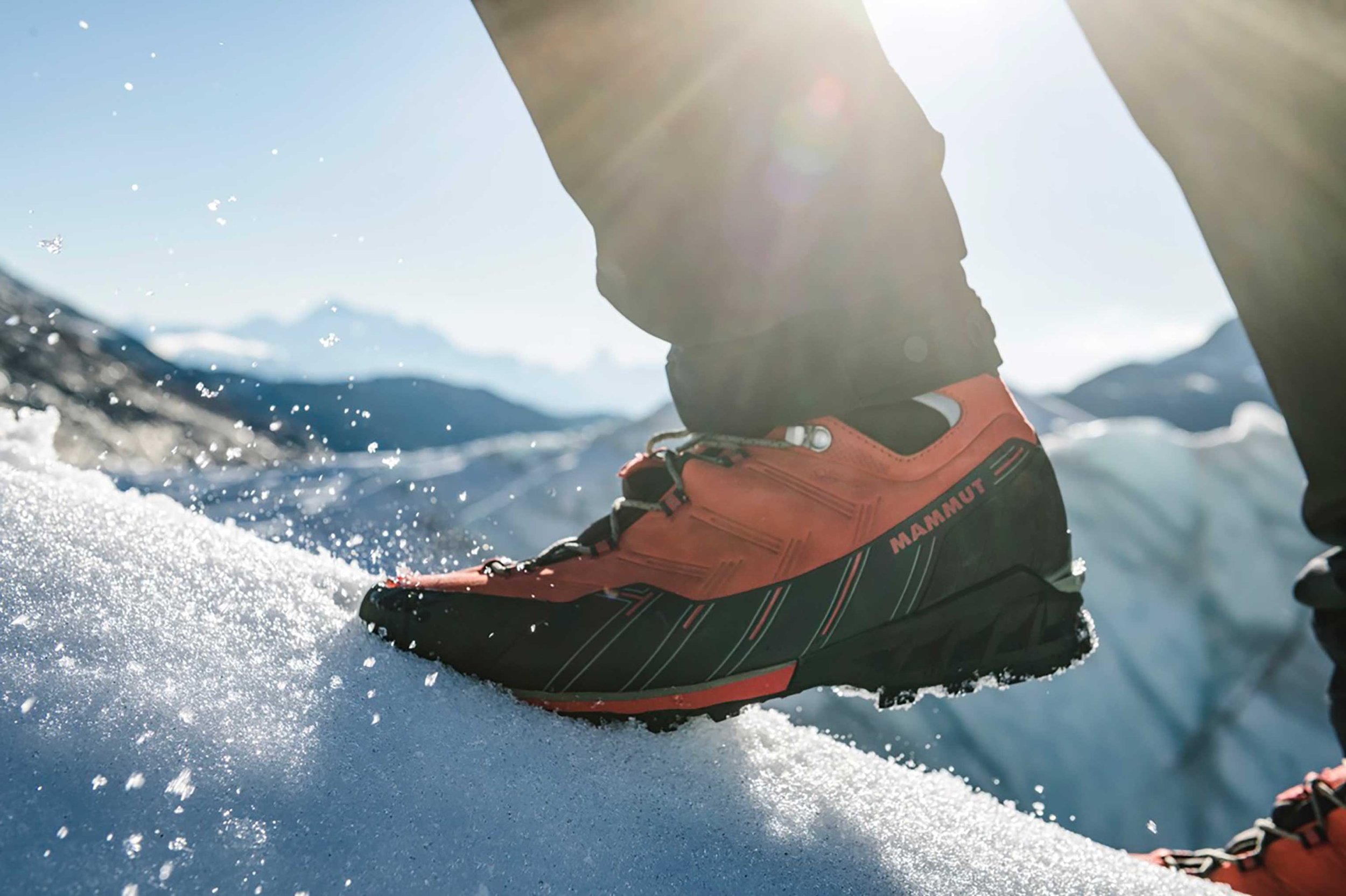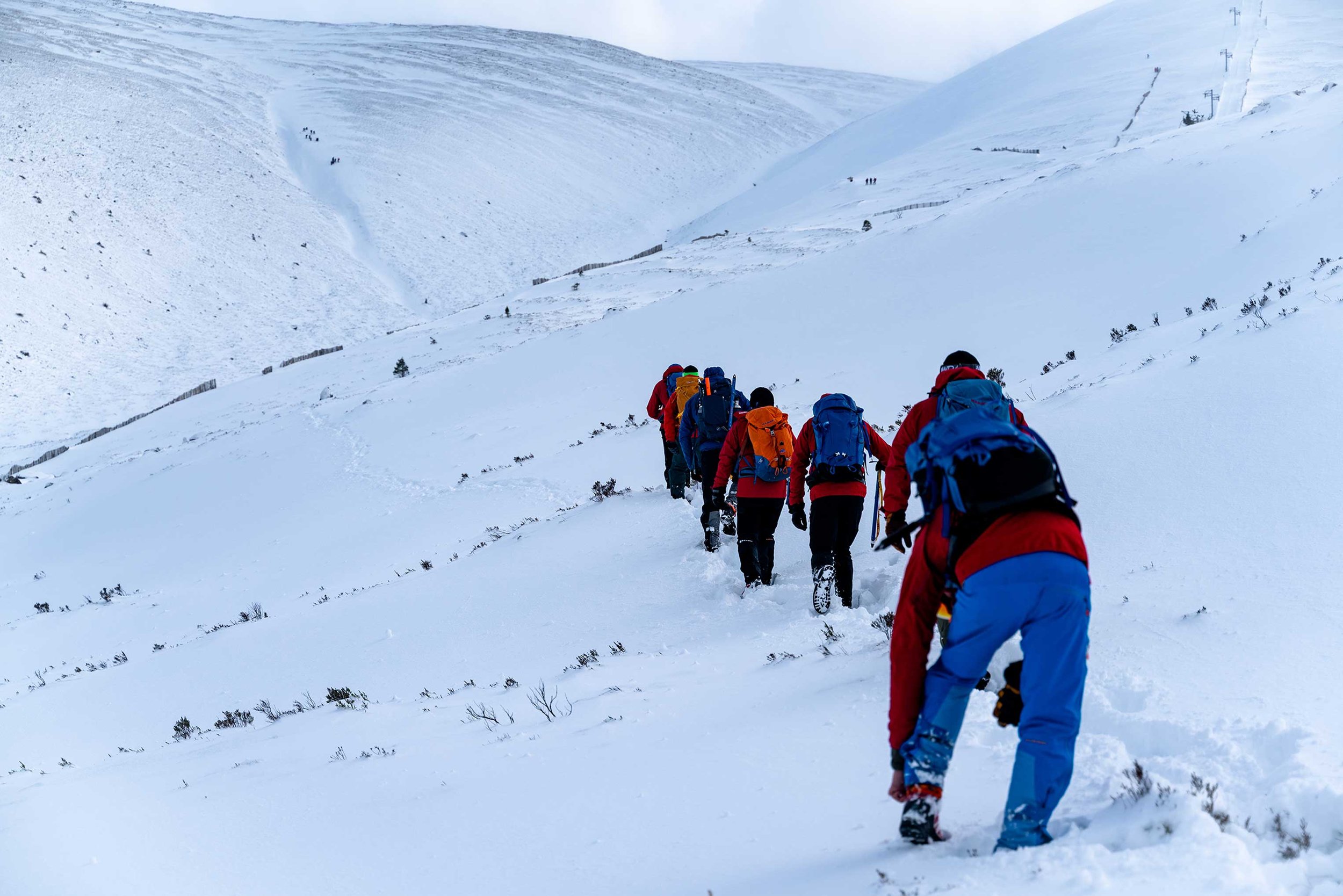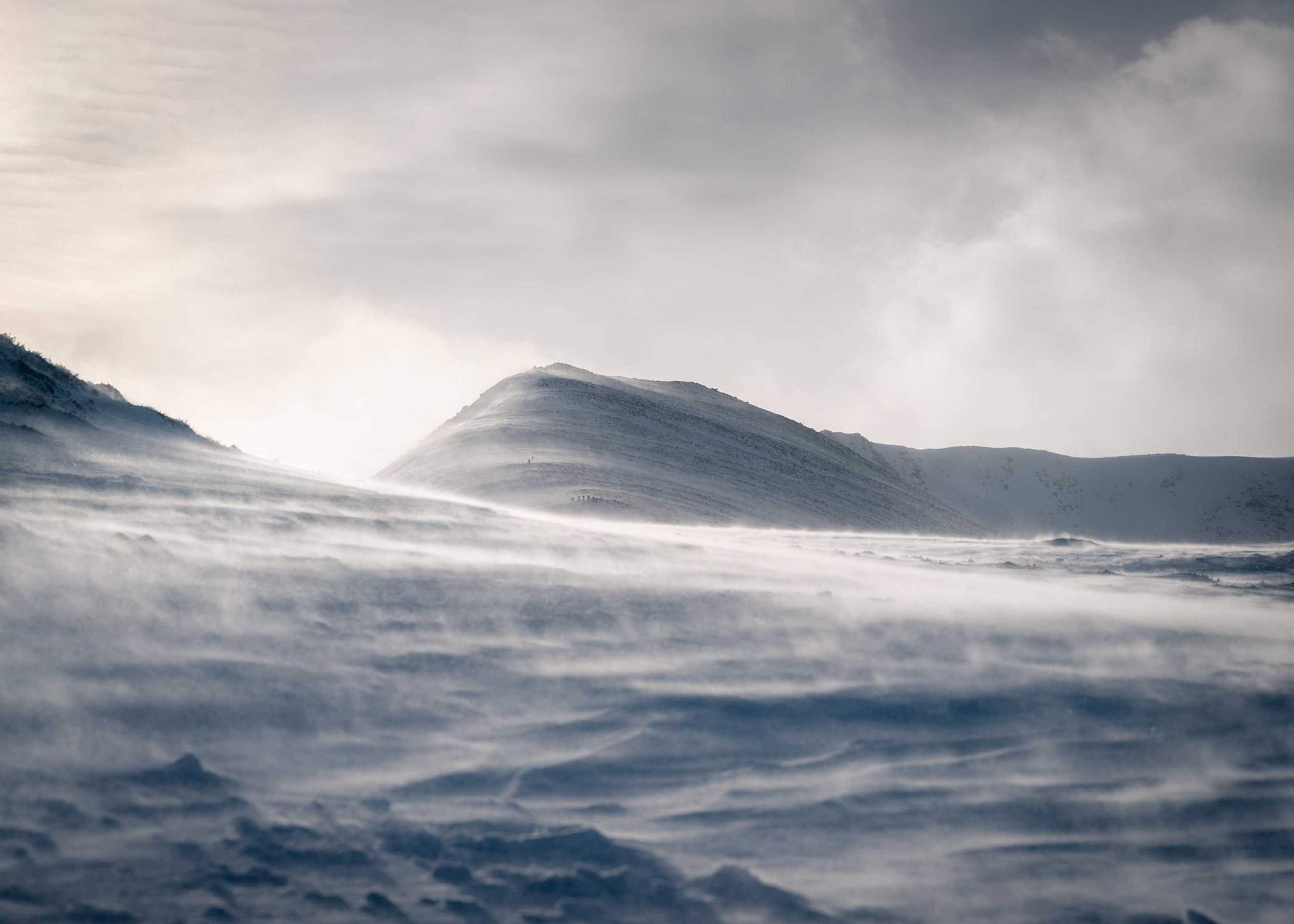
Winter
Mountain
Skills
Days
1
Category
Winter Mountain
Location
Lake District
Ratio
1:6
Cost
£100 per person
Detailed information
Aim
This one day course is developed to introduce core skills which will enable you to more safely and capably enjoy the UK’s mountain environment in winter conditions.
Course Content
Main topics are:
Kit choice for winter mountaineering.
Movement skills in winter.
The use of an ice axe.
The use of crampons.
Cutting steps, self arrest, simple belays, walking on steep ground.
Emergency procedures.
Avalanche awareness.
Winter Navigation.
Pre-requisites
Over 18’s with a few days experience in the UK mountains. To enjoy the course fully, and to ensure you get the best experience we suggest all participants have a level of fitness and robustness that will allow them to operate in the harsh conditions winter mountaineering can present.
Location, timings & logistics
Courses normally start at 09.00 and finish at 16.00. Exceptions to this will be agreed with you in advance.
The course meeting location is usually our HQ in Kendal. Exceptions to this will be agreed with you in advance.
The course is flexible taking into account individual and group needs and prevailing weather conditions.
What’s provided?
WE provide…
Instruction.
Technical Kit (Ice axe, Crampons, Helmet, Harness, Climbing Hardware & Ropes etc).
Maps & Compass.
Pre Course Information.
Action plan for moving forwards at the end of the course.
YOU provide…
*Anything with asterisk can be rented from us if arranged 14 days in advance (subject to availability).
-
-
Fully waterproof Jacket and trousers are essential. The Jacket should have a good hood and taped seams. The Mammut Convey Tour HS Hooded Jacket (Men’s and Women’s) is a good example.
The trousers should fit over your other leg wear and boots. The Mammut Albula HS Pants (Men’s and Women’s ) are a good example.
-
-
-
-
Non cotton skin to layers are recommended. The Mammut Trift range is a good example.
-
Warm cushioned socks with a high wool content are idea. Darn Tough Midweight Hiker Boot Cushion Socks are a good example.
-
A simple warm beanie is ideal. Like a Mammut Fleece Beanie. In hot weather bring a sun hat as well.
-
Warm and quick drying gloves are idea. Mammut Fleece Glove is a good example.
-
These are useful and versatile extra items of clothing. The Mammut Merino Neck Gaiter and the Mammut Balaclava are good examples.
-
Item description
-
Needs to be tough, reliable and waterproof. A simple digital watch or a modern sports smart watch will do.
-
A whistle for emergences should be loud and pea less. The Acme Slimline Tornado is a good example.
-
A head torch should be bright, easy to use and weatherproof. A Petzl Tikka core is a good example.
-
-
Keeping your equipment dry is essential. This can be done by lining your rucksack with a large dry bag or robust plastic bag. An alternative is to use a number of smaller drybags like the Mammut Drybag Light to pack things separately.
-
Should contain small number items to just to deal with very minor injuries and blisters. The Mammut First Aid Kit Light is a good example.
-
Bring all the medication and basic toiletries you would normal need for the duration of the course.
-
Foods which contain a mix of carbohydrates and are quick and easy to eat in adverse conditions are best of most people. In winter look for foods which will not freeze solid. Simple sandwiches and trail bars are good. When camping look for modern dehydrated expedition food which light and convenient.
-
Needs to be robust and leak proof. A Nalgene water bottle is good example.












Winter Mountain Skills
Book a date
Open Group Dates
Join like minded people in an open group.
Private Guiding Dates
Just for you & the people you want with you.
(Maximum 6 participants)






